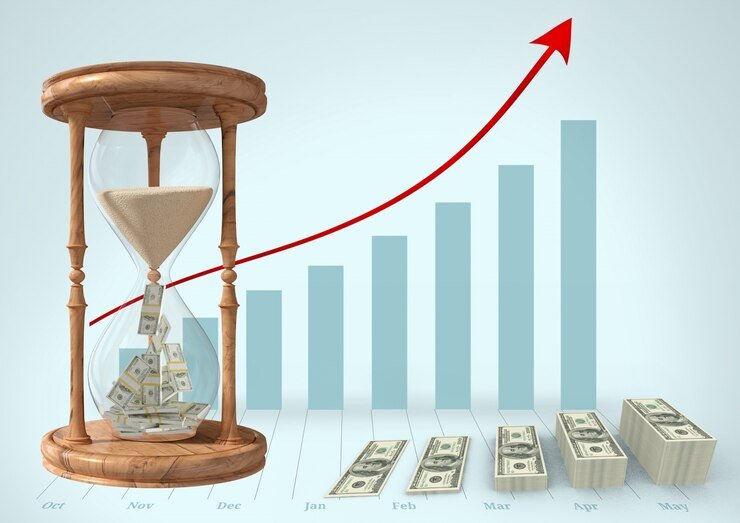
| Table of Contents |
| 1. Law of Demand |
| 2. Demand Function |
| 3. Individual Demand schedule with curve |
| 4. Market Demand schedule with curve |
- Law of demand: the law of demand is one of the most important laws of economic theory. It states the nature of the relationship between the quantity demanded of a product with its price. Generally, as price increases, demand falls and vice-versa.
Definition of law of demand: Prof. Alfred Marshall defined the law of demand as below:
“The greater the amount to be sold, the smaller must be the price at which it is offered in order that it may find purchasers or in other words the amount demanded increases with a fall in price and diminishes with a rise in price.”
Interpretation: the law of demand states ceteris paribus i.e., other things being equal, when the price of the good rises, the quantity demanded will fall. Thus, we can say that there is an inverse relationship between price and quantity demanded.
Point to be considered: Other things being equal and constant is the assumption of law of demand. Let us understand what are other factors?
Other factors:
| Prices of related commodities, income of consumers, taste, and preferences of consumers and such other factors that influence demand. |
If these factors undergo a change, then the law of demand will not hold good. Let us consider an example: if income increases then demand will increase even at higher prices and thus, law of demand will not be applicable as it is assumed in law of demand ceteris paribus I.E other things being equal and constant is an important assumption of law of demand.
Points to be noted:
- Quantity demanded is the amount of goods or services that consumers are willing to buy at a given price, holding all other factors to be constant that influence demand.
- The quantity demanded of a good or service can exceed the actual quantity sold.
Function: let’s understand what is a function? A function is a symbolic statement of the relationship between the dependent and the independent variables.
- Demand function: states the relationship between the demand for a product (dependent variable) and its determinants (independent or explanatory variables).
| DX= f ( PX, M, PY, PC, T, A). |
DX= INDEPENDENT VARIABLE
PX, M, PY, PC,T, A= INDEPENDENT VARIABLES.
Where,
- DX= quantity demanded of product X
- f= function
- PX= price of commodity
- M= money income of the consumer
- PY= price of its substitute goods
- PC= price of complementary goods
- T= consumer taste and preferences
- A= advertisement expenditure
Some important concepts to be noted before we go ahead:
- Individual demand: means demand for a particular person
- Market demand: means the total quantity that all the buyers are willing to buy.
- Schedule: is a tabular representation of data
- Curve: is a graphical representation of data
- Individual demand schedule: is a table showing quantities of goods that the buyers would choose to purchase at different prices, per unit of time, all other factors remaining constant.
Consider this hypothetical data:
| Price (RS) | Quantity demanded | |
| A | 5 | 10 |
| B | 4 | 15 |
| C | 3 | 20 |
| D | 2 | 35 |
| E | 1 | 60 |
Explanation: this table shows how much quantity demanded at different prices. By observation, we can see that as the price decreases, the quantity demanded increases. Thus, indicating an inverse relation between price and quantity demanded. Ceteris paribus, i.e., other things remaining equal. We can conclude that the demand schedule observes the law of demand.
Individual Demand curve: it is a graphical representation of demand schedule.
- Market demand schedule: it is the total quantity that all the buyers of a commodity are willing to buy per unit of time, at a given price, other things being equal. Consider the hypothetical data.
Explanation: this table shows how much quantity demanded by different consumers i.e, p, q and r at different prices. By observation, we can see that as the price decreases, the quantity demanded increases. Thus, indicating an inverse relation between price and quantity demanded. Ceteris paribus, i.e., other things remaining equal. We can conclude that the market demand schedule observes the law of demand.
| Price | p | q | r | Quantity Demanded |
| 5 | 10 | 8 | 12 | 30 |
| 4 | 15 | 12 | 18 | 45 |
| 3 | 20 | 17 | 23 | 60 |
| 2 | 35 | 25 | 40 | 100 |
| 1 | 60 | 35 | 45 | 140 |
Market demand curve: it is a graphical representation of market demand schedule
(Note: p, q & r represents different consumers.)
Test Your Knowledge: